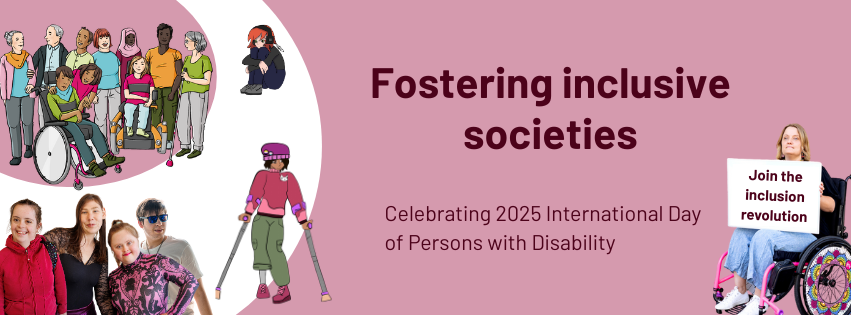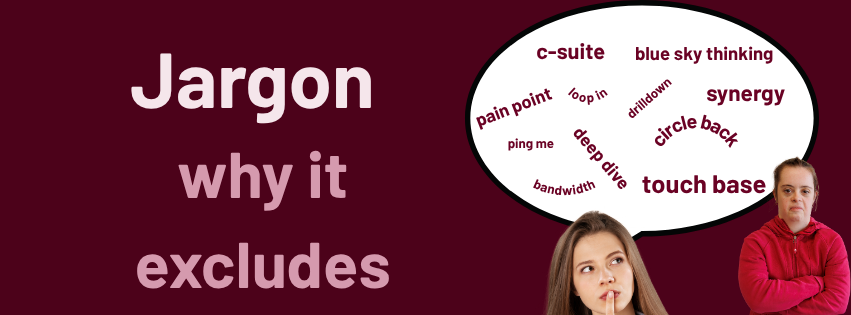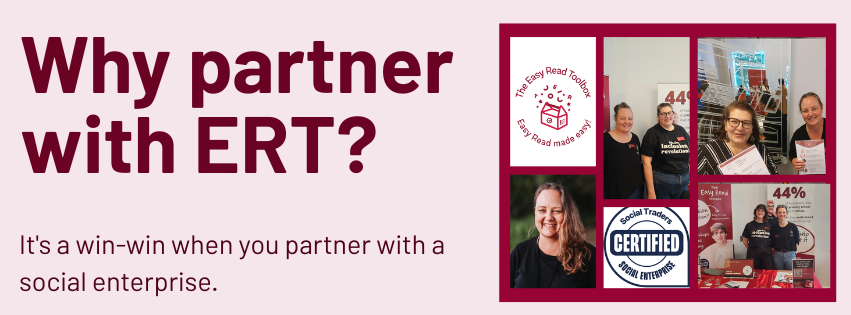Understanding Intersectionality
"Intersectionality acknowledges that everyone has their own unique experiences with discrimination and oppression."
Intersectionality refers to the ways in which an individual's identity can expose them to different forms of discrimination. Characteristics such as, but not limited to, ethnicity, gender, sexual orientation, disability, mental health and socioeconomic status fall under the umbrella term of intersectionality. Often individuals who experience intersectionality are familiar with the consequences of our societies structural inequalities and negative social attitudes, including racism, homophobia, sexism, ableism and stigma. People who experience intersectionality, particularly overlapping forms of intersectionality, are often at a greater risk to be exposed to family violence, systemic barriers, and social isolation.
Intersectionality acknowledges that everyone has their own unique experiences with discrimination and oppression. The term was first coined by American civil rights advocate and leading scholar of critical race theory, Professor Kimberlé Crenshaw, in 1989. The term became mainstream and was added to the Oxford Dictionary in 2015, and later garnered widespread attention during the 2017 Women’s March.
The following is statistical evidence on the effects of intersectionality in Australia published by the Victorian Government. Aboriginal women are 32 times more likely to be hospitalised as a result of family violence, and are almost 10 times as likely to die from assault. Women with disability are 3 times more likely to experience sexual violence. Finally, CALD (Culturally and Linguistically Diverse) women make up 37.5% of women accessing domestic violence support services.
However, to some, intersectionality is a dangerous concept, a ‘conspiracy theory of victimisation’. They believe that recognising intersectionality equals special treatment from society, and puts a label on how oppressed someone is without regard to extenuating circumstances. This perspective is misleading, as the goal of the intersectionality movement is not to create a new social hierarchy that places people who experience intersectionality at the top. The intersectionality movement instead endeavours to simply recognise the different experiences of individuals, and to remove the embedded systematic barriers that exist in our modern society. The goal is to even the playing field, not to create a new imbalance.
As individuals, the best way to support the intersectionality movement is to check our own privilege and oppression. To ask ourselves questions that look beyond the basics of our social identities, and to consider what impact those factors have had on the trajectory of our lives. Examples of things to consider include ethnicity and language, socioeconomic status and access to education, gender and sexual identity, and disability and ability. No one asks for their privilege in the same way no one asks for their oppression. Privilege exists, and recognising its impact on our own lives, and listening and learning from individuals who have had different experiences, is the first step toward a society that values equity over equality.
By Meg Sonsbeek, for The Easy Read Toolbox
References:
- Understanding Intersectionality
- Intersectionality 101
- Intersectionality and gender inequality
- Intersectionality wars
Image description: 2 men smiling at each other. One is a young black man. The other appears white and is wearing a tshirt saying "No homophobia; no violence; no sexism; yes kindness; yes peace; yes equality; yes love."
Photo by Nicholas Swatz





